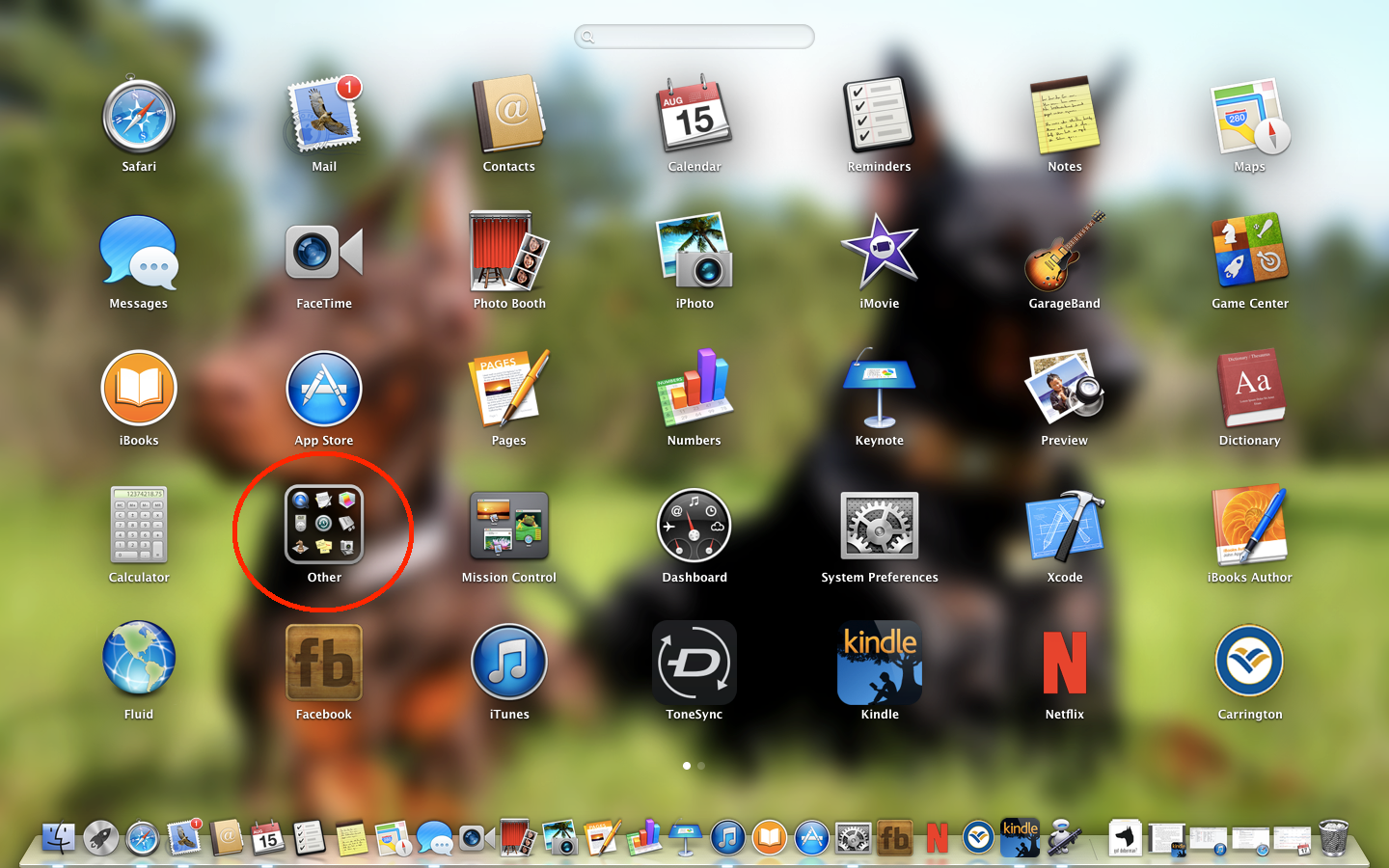

- #Mac open app shortcut how to
- #Mac open app shortcut install
- #Mac open app shortcut android
- #Mac open app shortcut pro
- #Mac open app shortcut plus
Use it to select any running process and then click the Stop icon in the toolbar.įinally, to avoid closing too many apps, you should make sure that you don’t have too many apps open when you’re starting up your Mac. Then just select an app and click Force Quit.įor quitting tasks running in the background, you’d need to open Activity Monitor from your Utilities folder. You might have to try to Force Quit the app through the menu bar or the Dock icon.Īlternatively, you can call up the Force Quit Applications window by using the Option + ⌘ + Esc shortcut. When an app is hung, shortcuts like ⌘ + Q might not work.
#Mac open app shortcut how to
In other words, how to force close on Mac. The last part of closing apps that has been left unexplored is what to do with non-responsive elements. Click File ➙ Save to the Applications folder.This method closely resembles that of using Launchpad and requires the extra step of creating the shortcut. Click on the magnifying glass icon located on the right side of the menu bar at the top of the screen. Switch “Your script goes here” with Tell application “Finder” close every window This is one of the easiest ways to open a program on your Mac.Drag Run AppleScript under Quit All Applications.Drag Quit All Applications to the right side of the window.Launch Automator from the Utilities folder.To create a workflow that would close all apps: Option + ⌘ + H to hide other apps but the active oneĪnother interesting although more advanced way to close applications on Mac is by using Automator - a default macOS utility designed to create any missing custom workflows.
#Mac open app shortcut plus
Other Mission Control Plus shortcuts include: Simply right-click on any Dock app and select Quit. If you want to make sure that any active app in the Dock is closed, you can do so using the Dock’s own menu. Without releasing ⌘, press Q on any active app to quit it. You’ll notice a pop up screen moving through active apps. To use the ⌘ + Tab and Q trick, just hold down ⌘ and press Tab a few times. At the same time, there’s a useful ⌘ + Tab shortcut that lets you move quickly between active apps. The problem with ⌘ + Q is that you can only use it on an app that’s currently active. Shut down apps with ⌘ + Tab and QĪ pro-level trick to closing apps as efficiently as possible is to cycle through them first by using ⌘ + Tab. Learning to use ⌘ + Q on any app you don’t want open will be a significant productivity boost to your daily workflow. The fastest way to quit an app from anywhere without taking your hands off the keyboard is to use the ⌘ + Q shortcut, which will completely quit any active app.

Safari) won’t actually quit when you use the Close button. What are your thoughts regarding shortcuts on Mac? Have you used it on Windows? How was the experience there? Share your opinion in the comment section below.Some apps (e.g.
#Mac open app shortcut install
#Mac open app shortcut pro
It works on my old MacBook Pro running macOS Sierra, but on a different MacBook Pro running the latest version of macOS Catalina, this quick method does not seem to work. See Run a shortcut on other Apple devices. The Touch Bar of a MacBook Pro A keyboard shortcut The command line You can also run the shortcuts you create on a Mac on an iOS or iPadOS device. Secondly, on Macs running OS versions before Catalina, you may also click on a Folder or App and then press together Command (⌘) + L. The Shortcuts app Siri The macOS Finder, including from Spotlight, the menu bar, the Actions pop-up menu, the Services menu, and the Dock. Also, if you change the folder location, the shortcut stops working. However, it is tricky and beyond the simplicity of the average user. There is a third method that I know of, which requires Terminal and some command lines. These were two easy ways to create shortcut icons on Mac. Right-click on the folder or app name and click on Make Alias. If you cannot find it, see the end for instructions. Decide which folder’s or app’s desktop shortcut you want to create. Create Desktop Shortcuts on Mac Using Drag and Drop.Anyways, here are two easy ways to create desktop shortcuts on Mac running macOS Big Sur or Catalina. The second method is also quick, but it at times copies the folder instead of making the shortcut. The first method below is the one I prefer. You can add shortcuts for folders and apps to the desktop or Dock of your Mac.

We first make an alias and then move it to the desired location. On Mac too creating a folder or app shortcut is extremely easy.
#Mac open app shortcut android
When you download an app on Android or Windows, you get an option, or it automatically creates a shortcut on the home screen or the desktop.


 0 kommentar(er)
0 kommentar(er)
